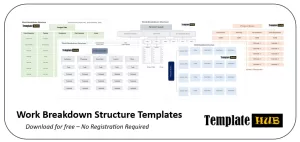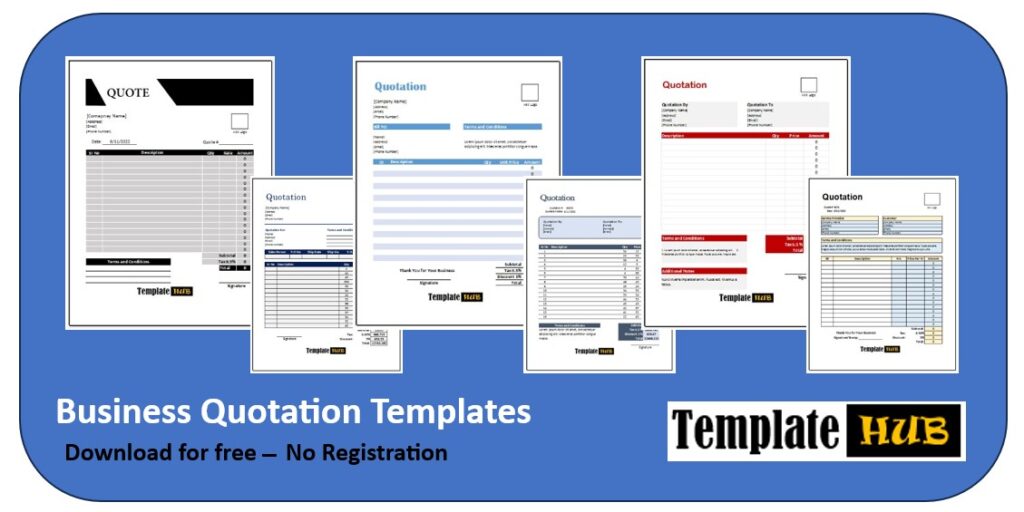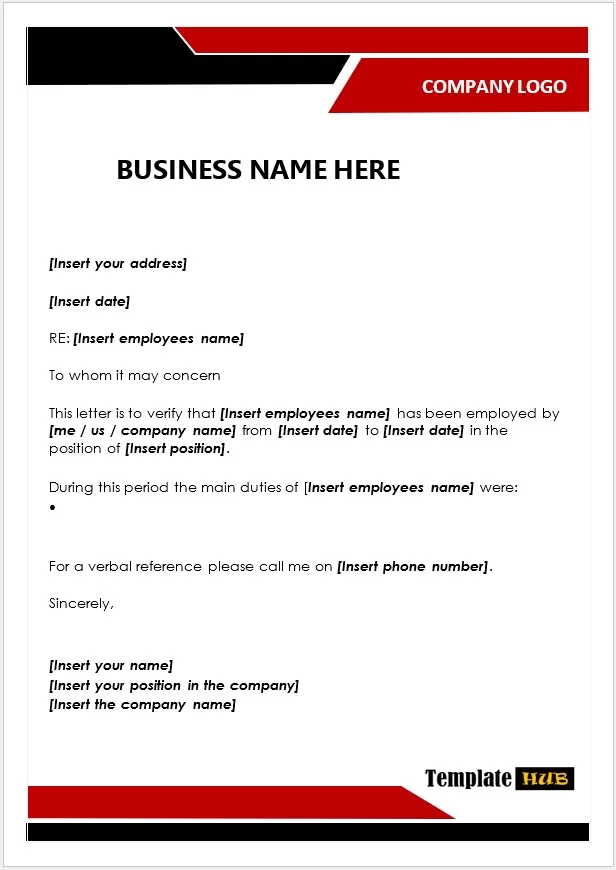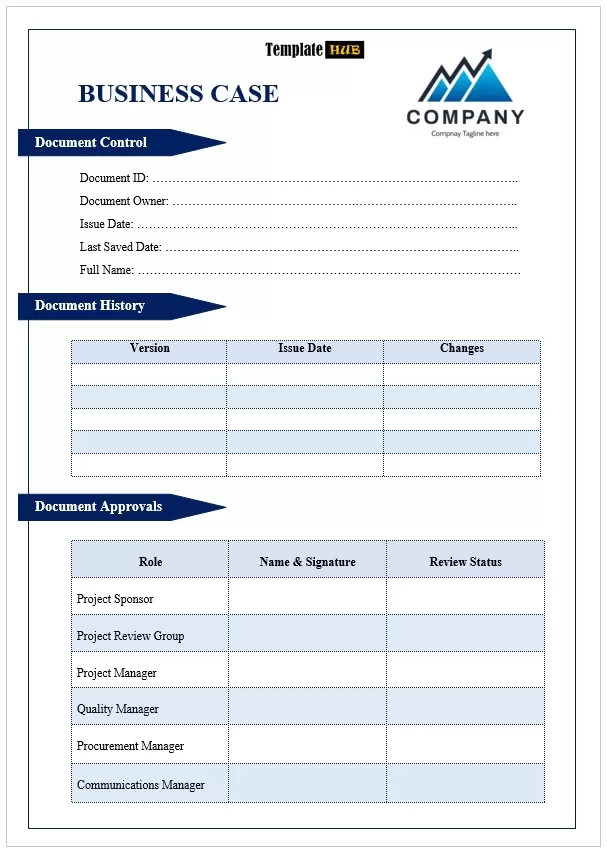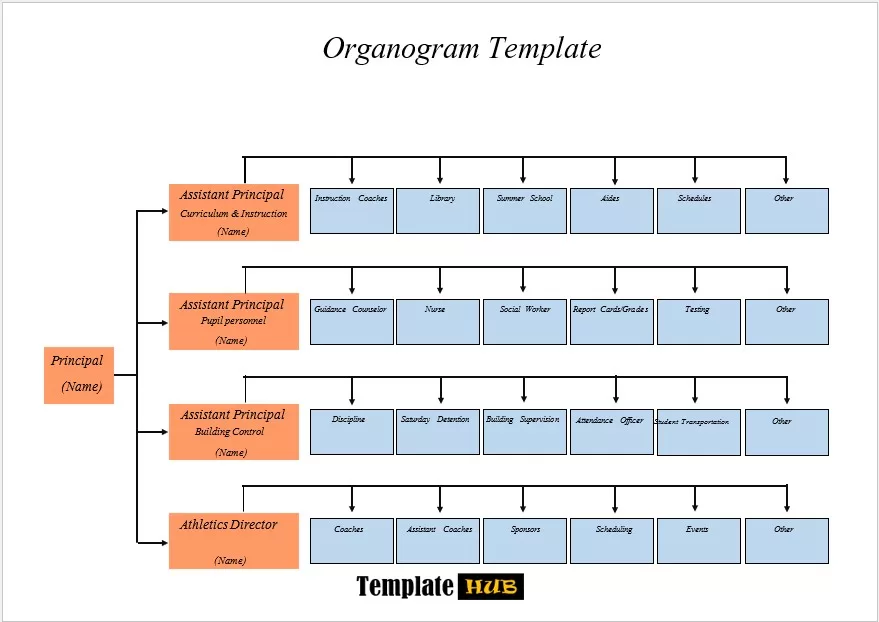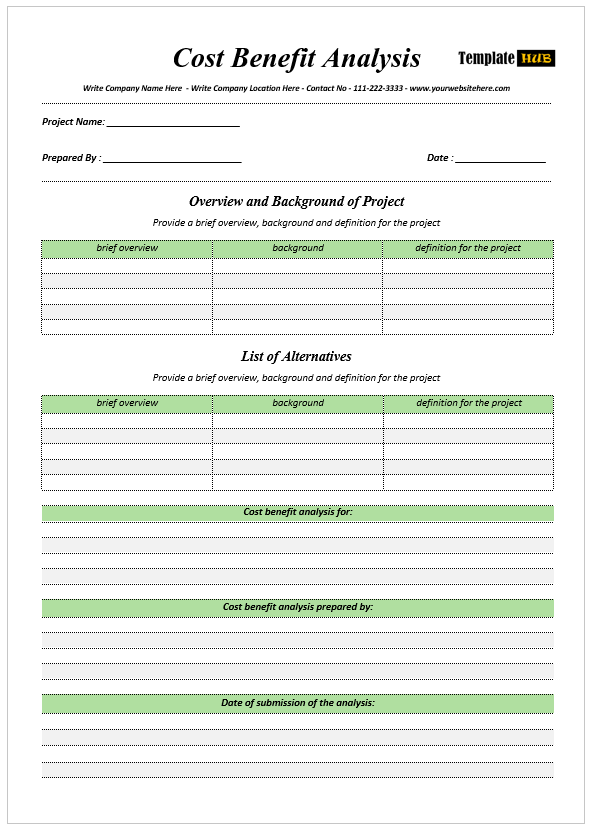Download these Free Scope of Work Templates in MS Word Format to help you prepare your very own Scope of Work Document easily.
In simple words, a scope of work document provides a clear and understandable pathway to the completion of a project. Professional organizations understand how important it is to fulfill customer’s expectations every time. A small misunderstanding in the beginning can lead to a big disaster or failure in the future. To ensure that the project manager and his team members understand what the client wants to see in the finished product and that the client understands which of his expectations are realistic and achievable, a scope of work document is created. From the background of the project to the important milestones, timelines, completion, deliverables, and costs of the project, a scope of work document includes every important aspect of the project.
Free Scope of Work Templates:
Here are previews and download links for these free Scope of Work Templates using Microsoft Word,


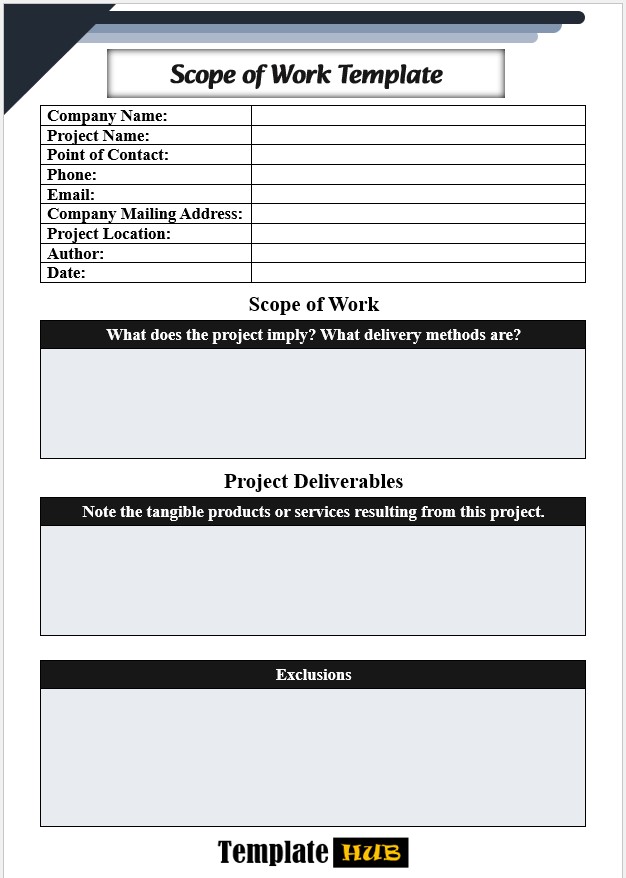
Importance of Scope of Work Document:
Whether it’s the client or the project team, no one wants to see surprises. When a project starts, the entire team sits together and discusses different aspects and shares their ideas and thoughts on execution and completion. This is the stage where each team member understands what they are expected to deliver with the project and how they are going to distribute the load of work. In these initial meetings, the client is also presented to share his ideas thoughts, and expectations. If all of these aspects are just discussed over a meeting, it is possible that someone has a misunderstanding or even the client can have a misguided expectation which if not fulfilled at the end of the project, can cause big problems for the organization. Instead of remembering all of the important elements of a project, everything is written down for clear understanding.
The scope of work document is a detailed overview and explanation of the project. It starts with the need for the project from the point of view of the client. This is known as the background of the project. This explains why the project is important and why it’s necessary or required in the first place. The customer defines his expectations and acceptance criteria and key features of the project that he wants to see in the final product. Once these elements are clarified, the team members move to the next part of the process; planning the execution of the project. This starts with the important milestones which are in reality small pieces that when put together, complete the project. It’s important to divide the project into smaller tasks or portions so the team members can closely see each part and complete it. The scope of the work document includes these important milestones and how they depend on each other. This way if task C is dependent on task B, the team members will understand that first they need to finish task B and then start working on task C.
This scope of work document also defines how much time it will require to complete each milestone and the entire project. If the client expects to see the final product in 1 month or 6 months, it can be explained in the scope of work document that the project will take more time to complete. This way the client can either compromise on the timeline or an important feature of the project. Costs are also defined clearly in the scope of the work document. This is not so important for the client but for the project team members and the company itself. Once required costs and expenses are mentioned, the company can start putting its resources together to arrange for the budget of the project.

Kamran Khan is a seasoned blogger with a deep-seated passion for office document processes and the art of productivity. With a wealth of experience spanning over a decade, Kamran has become a trusted name in the blogging community, known for his insightful articles and practical solutions that help individuals and businesses streamline their daily operations.
